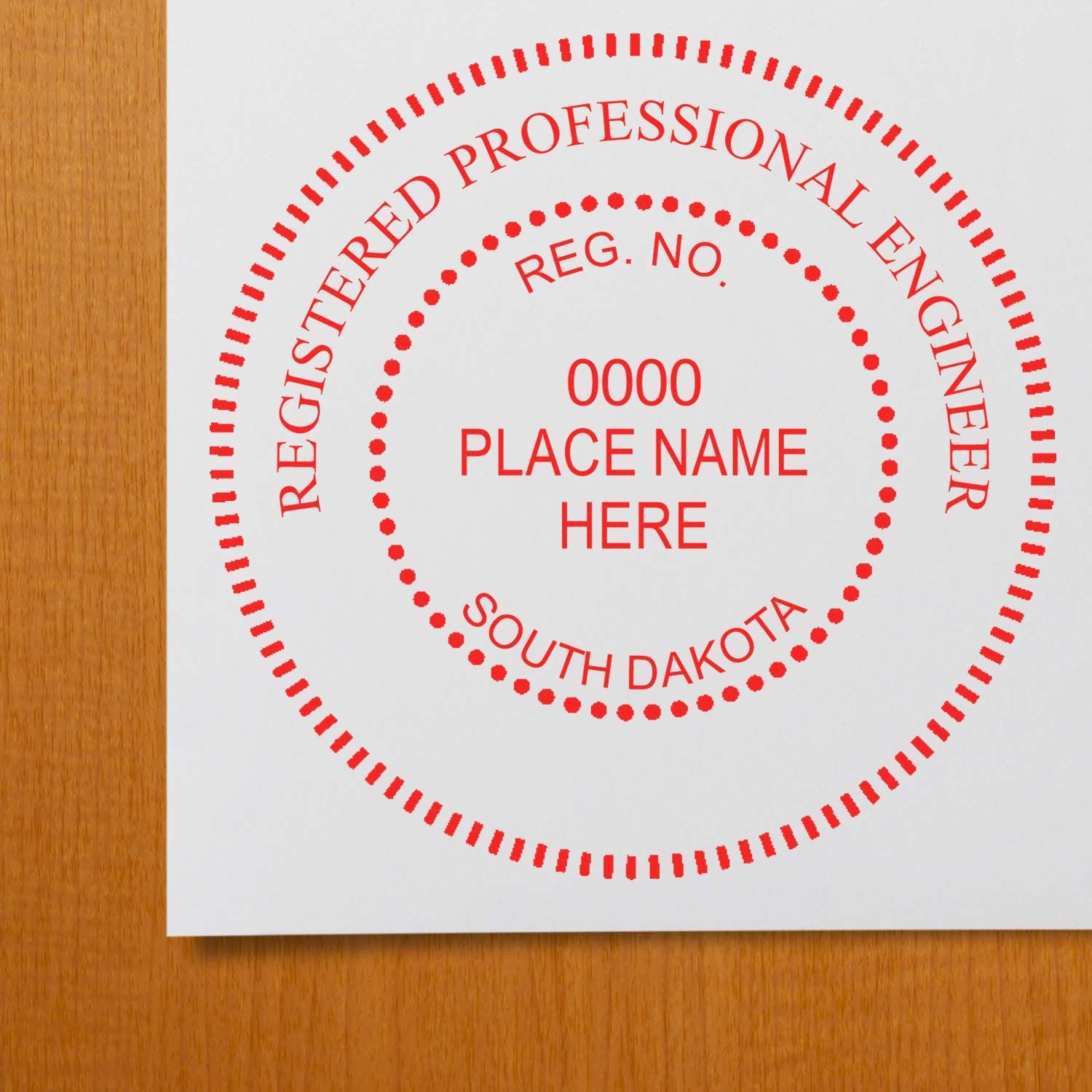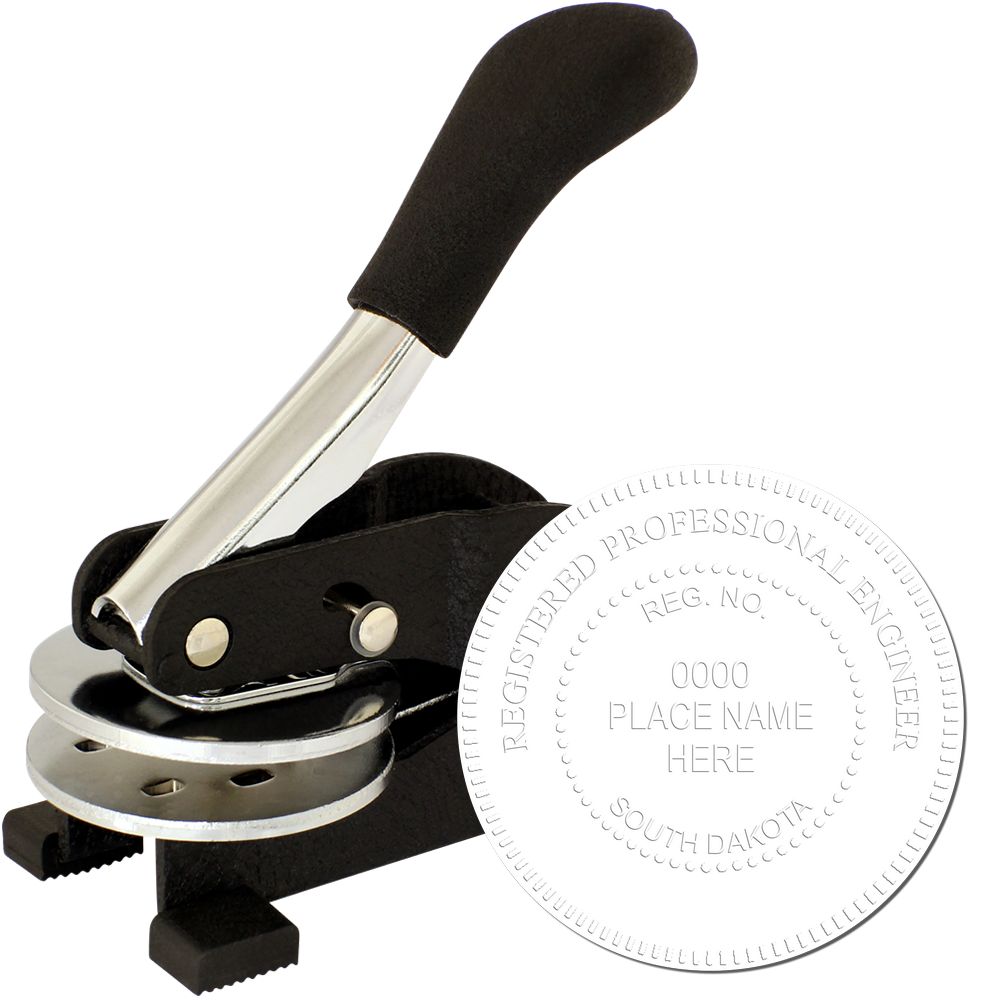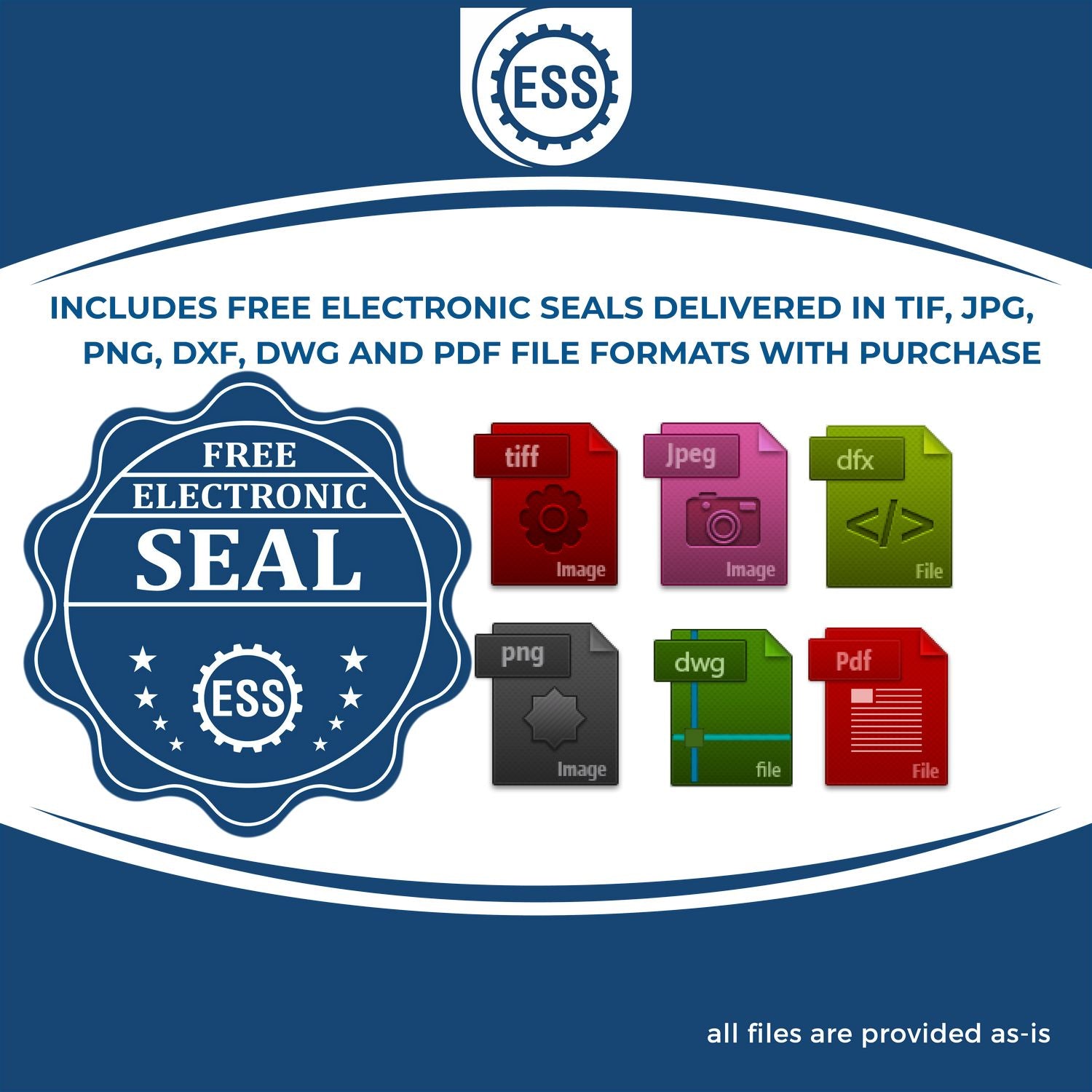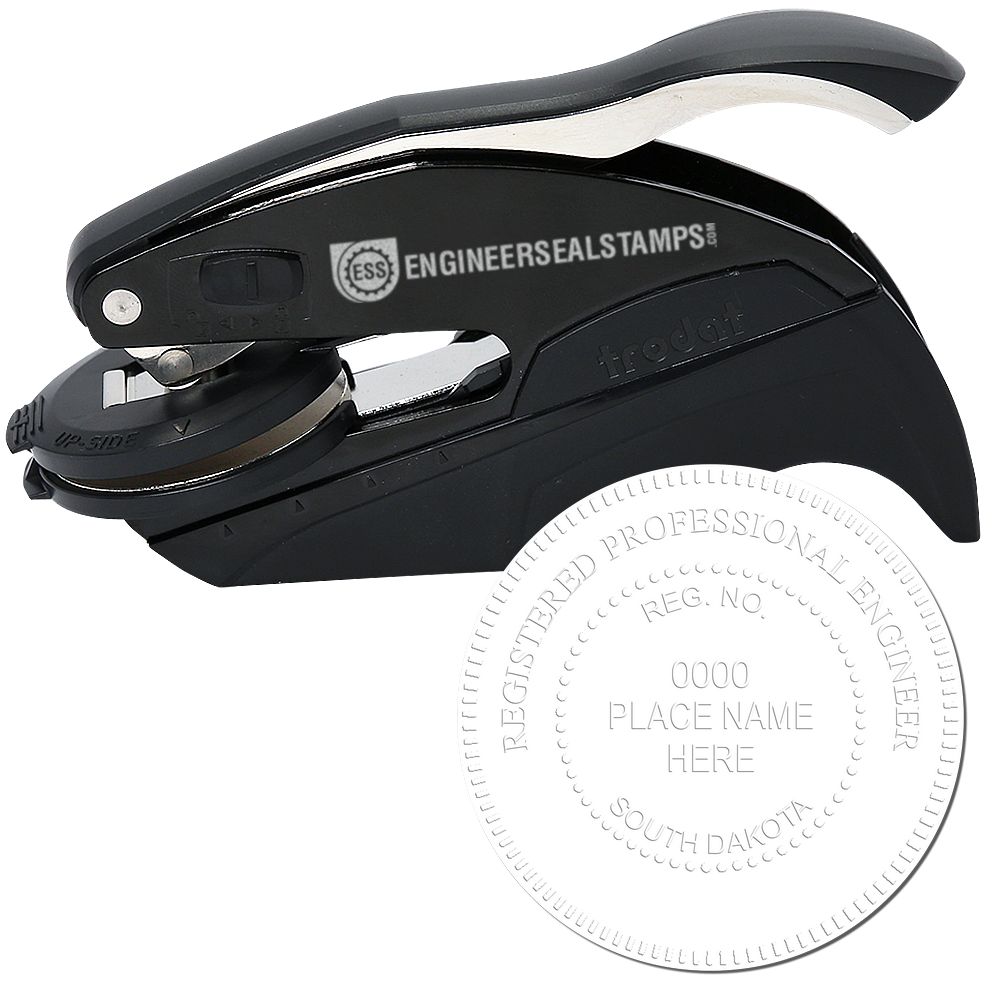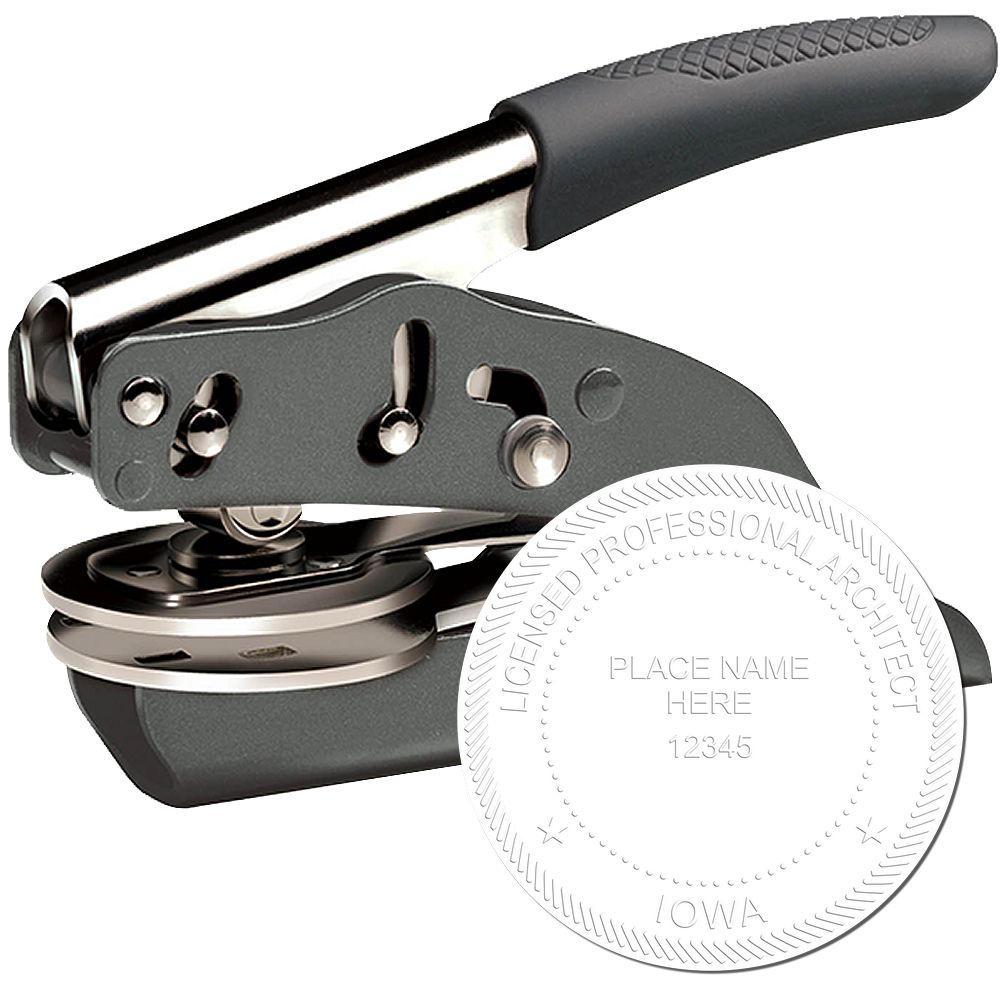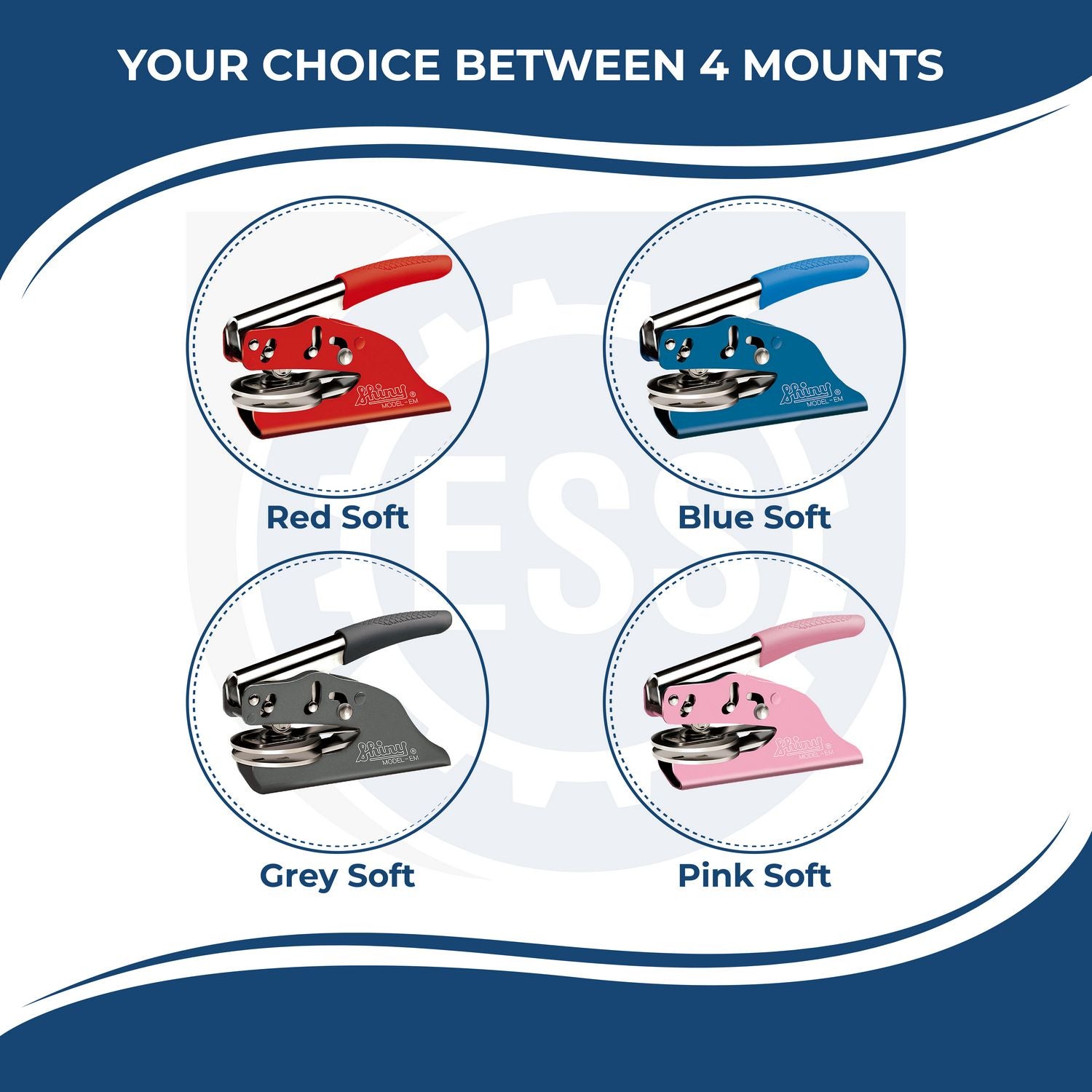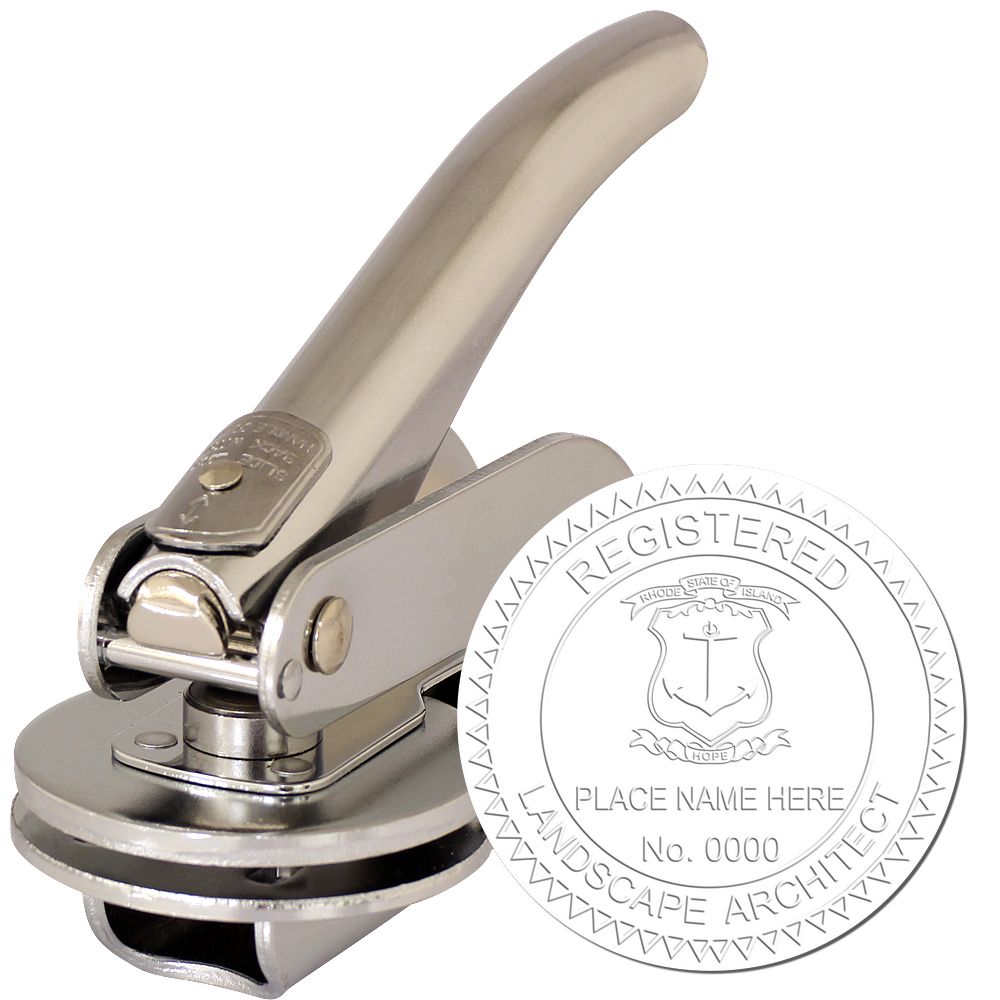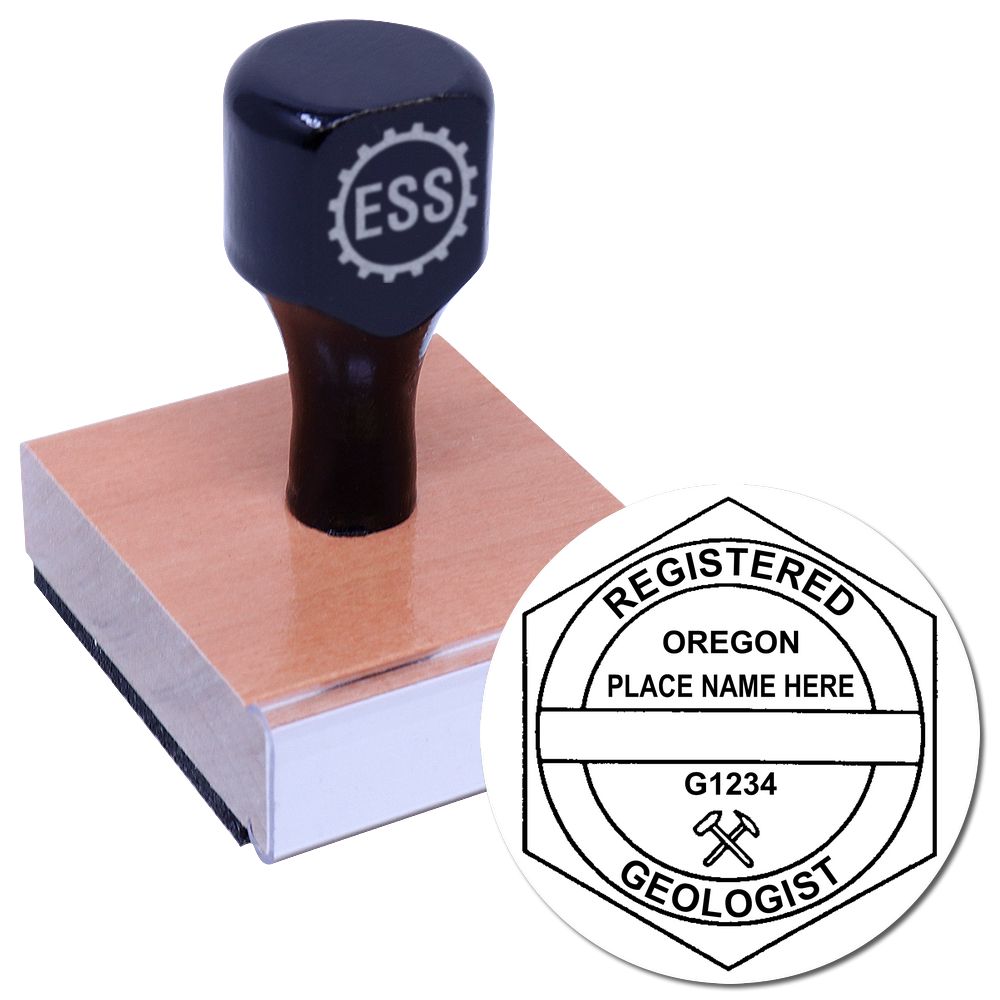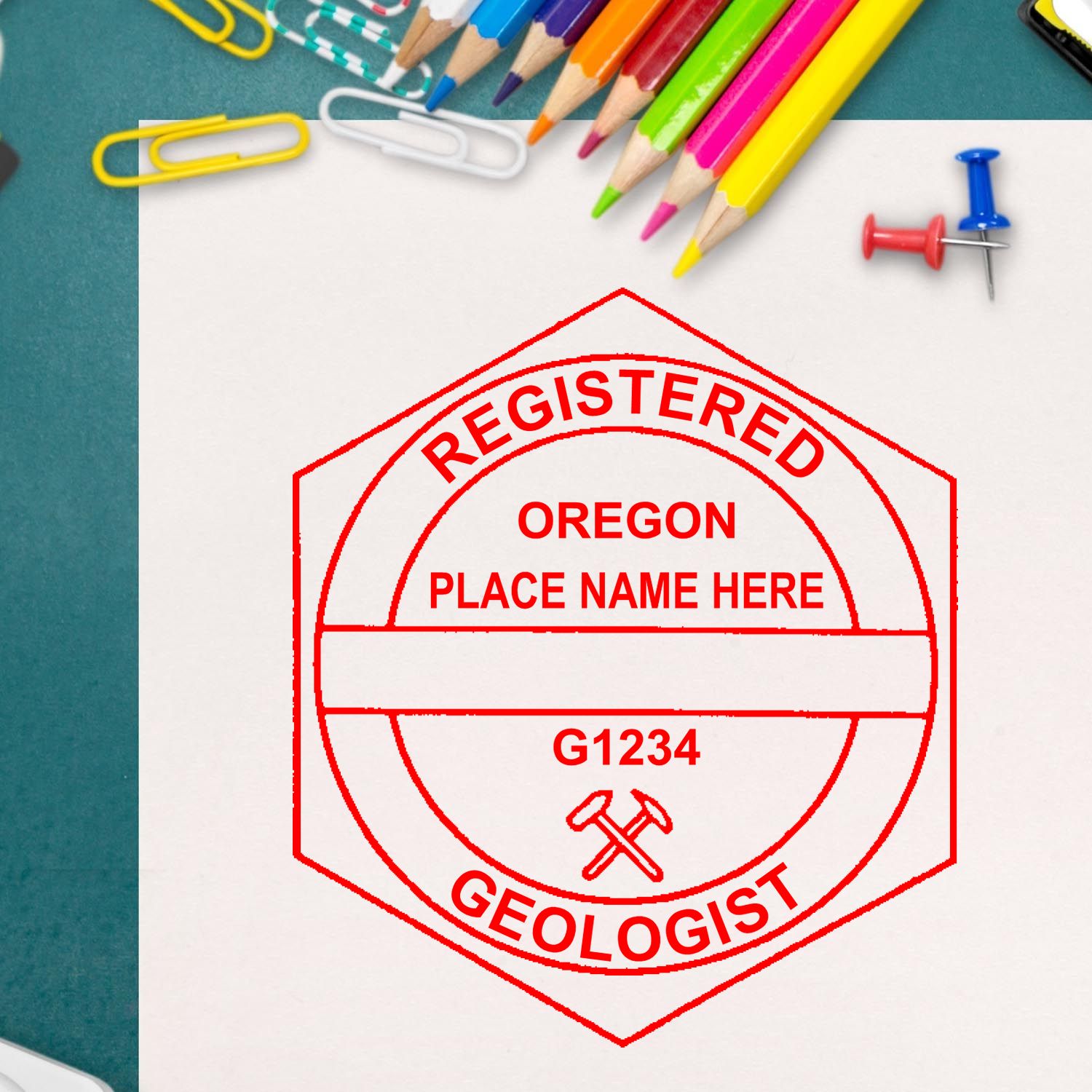The Importance of Licensing in Engineering
When it comes to the field of engineering, licensing plays a crucial role in ensuring the competency, professionalism, and accountability of engineers. Obtaining a South Dakota engineering license is no exception.
Why Engineering Licensure Matters
Engineering licensure is more than just a title or certification. It signifies that an engineer has met the necessary educational requirements, gained relevant professional experience, and successfully passed the rigorous Professional Engineer (PE) exam. Licensure demonstrates that an engineer possesses the knowledge, skills, and ethical standards necessary to protect public health, safety, and welfare.
Benefits of Obtaining a South Dakota Engineering License
There are several benefits to obtaining a South Dakota engineering license. Let's explore some of them:
-
Enhanced Career Opportunities: Holding a South Dakota engineering license opens up a world of opportunities. It allows you to work on a wider range of projects, including those that require a licensed engineer's stamp or seal. Many employers and clients prefer to work with licensed professionals, giving you a competitive edge in the job market.
-
Legal Authority: With a South Dakota engineering license, you have the legal authority to take responsibility for engineering projects and make critical decisions. This authority provides you with the confidence and credibility needed to carry out your professional duties effectively.
-
Increased Earning Potential: Licensing can have a positive impact on your earning potential. Licensed engineers often command higher salaries due to their advanced qualifications and expertise. Additionally, licensure can open doors to lucrative career advancements and leadership positions within the engineering field.
-
Professional Recognition: Obtaining a South Dakota engineering license is a mark of professional achievement. It demonstrates your commitment to the engineering profession and your dedication to upholding the highest standards of ethics and competence. Licensure brings with it a sense of pride and recognition among your peers and the broader engineering community.
To learn more about the specific requirements and regulations for obtaining a South Dakota engineering license, consult our article on South Dakota engineering regulations. Once you have obtained your license, you may also be interested in acquiring a South Dakota PE seal or stamp. Check out our article on South Dakota PE seal for more information.
By understanding the importance of licensing in engineering and the benefits it offers, you can take the necessary steps to obtain your South Dakota engineering license and advance your career in this esteemed profession.
Requirements for South Dakota Engineering License
Before obtaining a South Dakota Engineering License, aspiring engineers must meet certain requirements. These requirements include satisfying educational criteria, gaining professional experience, and passing the Professional Engineer (PE) Exam.
Educational Requirements
To be eligible for a South Dakota Engineering License, individuals must hold a bachelor's degree in engineering or a related field from an accredited institution. The degree program should be in line with the engineering discipline they wish to specialize in, such as civil engineering, mechanical engineering, or electrical engineering.
The South Dakota Board of Technical Professions (SDBTP) evaluates educational qualifications to ensure that applicants have received appropriate training and knowledge in their chosen field of engineering. It's important to note that the specific coursework requirements may vary depending on the engineering discipline. For detailed information on the educational requirements, applicants can refer to the SDBTP website or contact the board directly.
Professional Experience
In addition to the educational qualifications, applicants for a South Dakota Engineering License must acquire professional experience. The SDBTP requires a minimum of four years of engineering experience, which should be relevant to the chosen discipline. This experience must be obtained under the supervision of a licensed professional engineer or an equivalent authority.
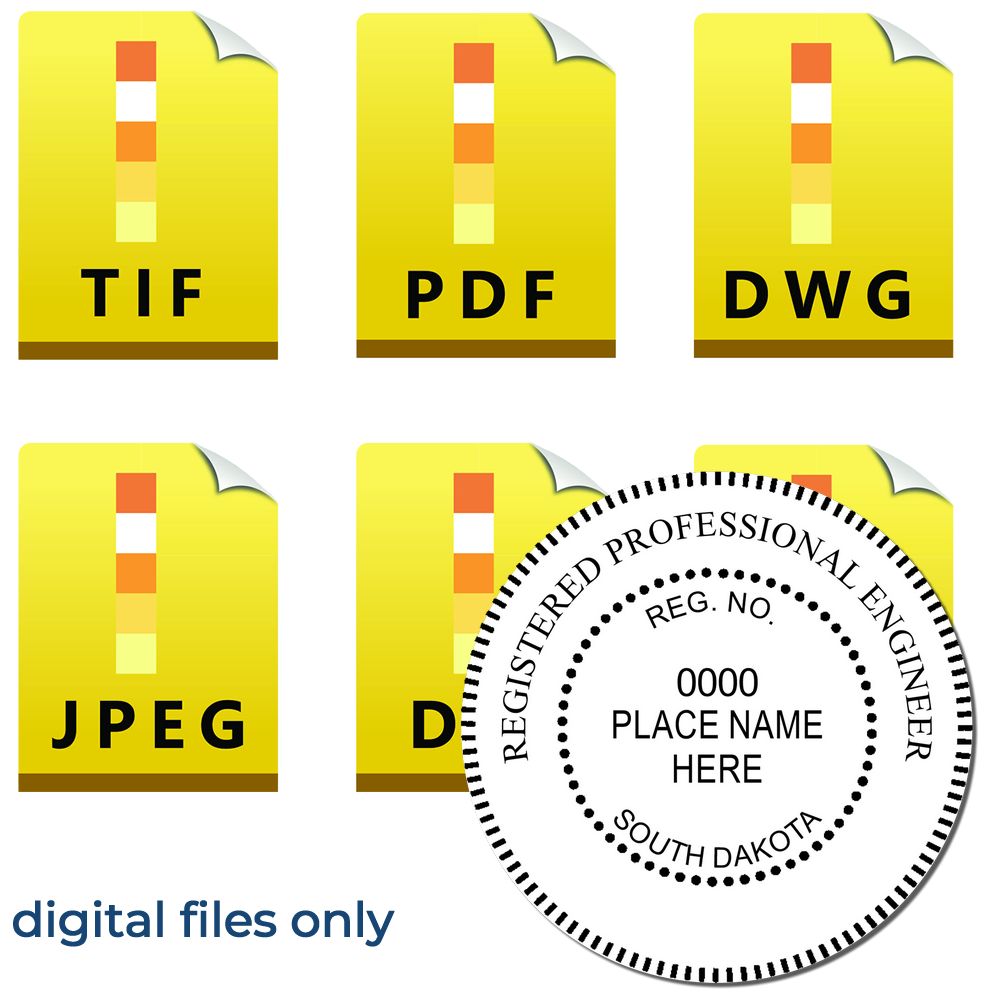
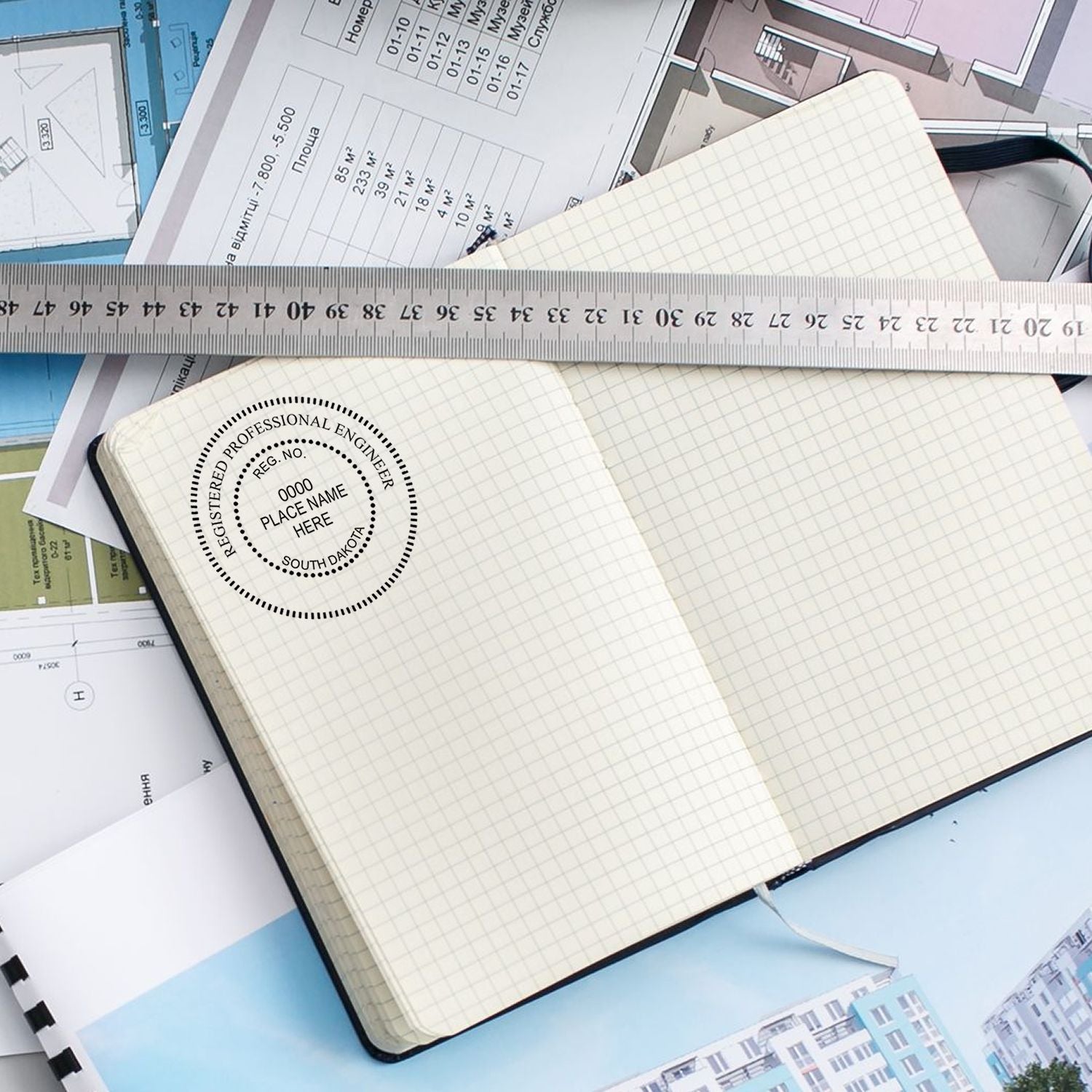

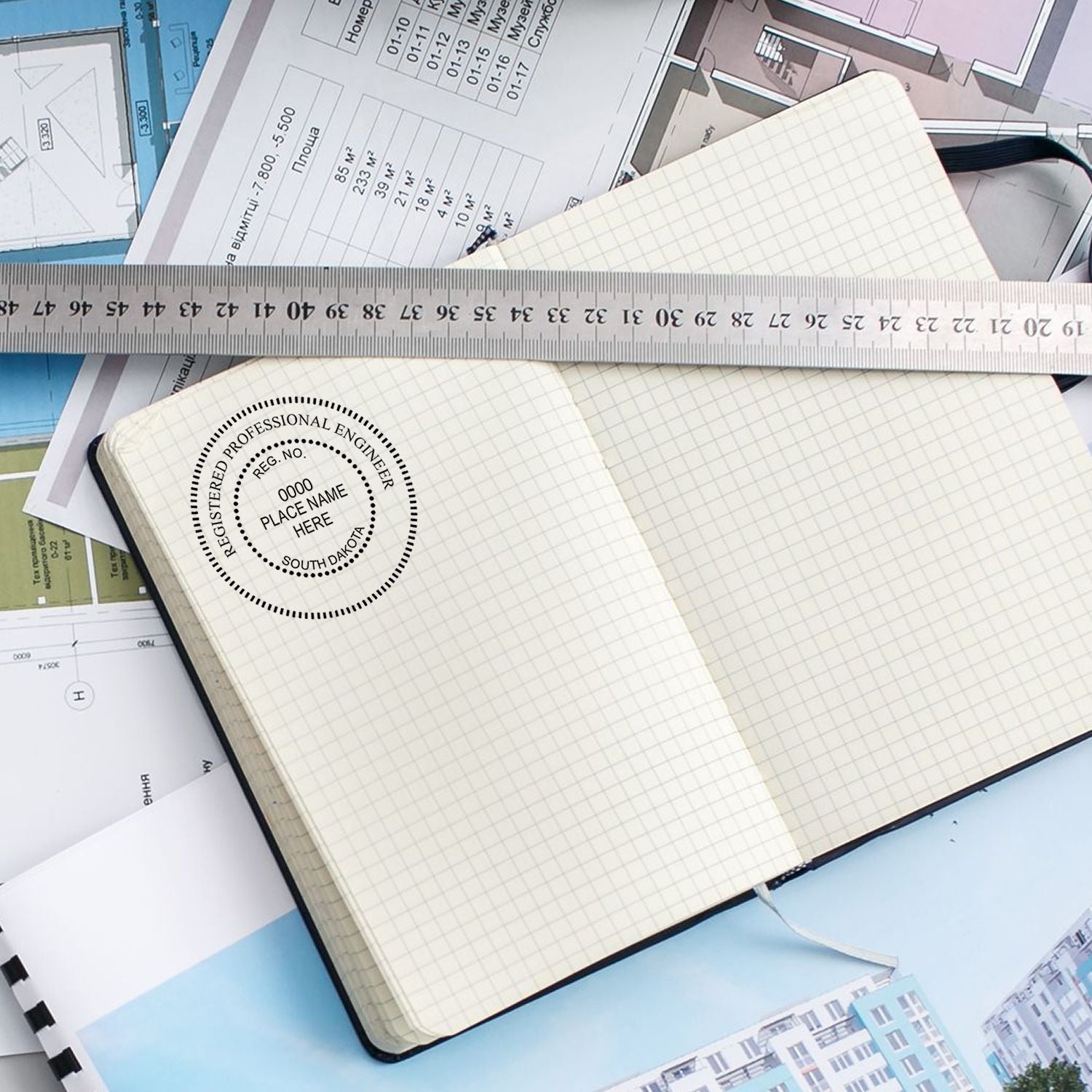

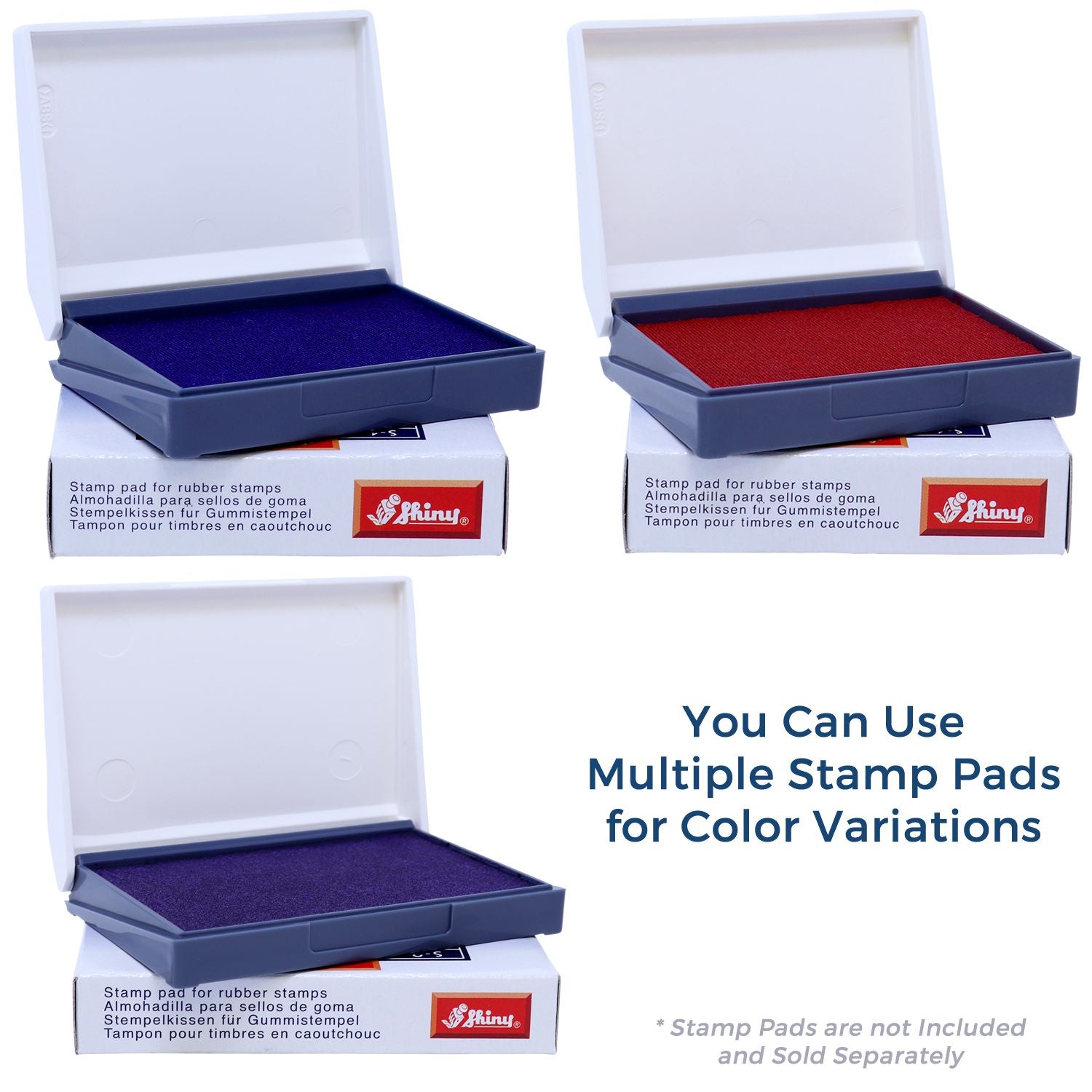

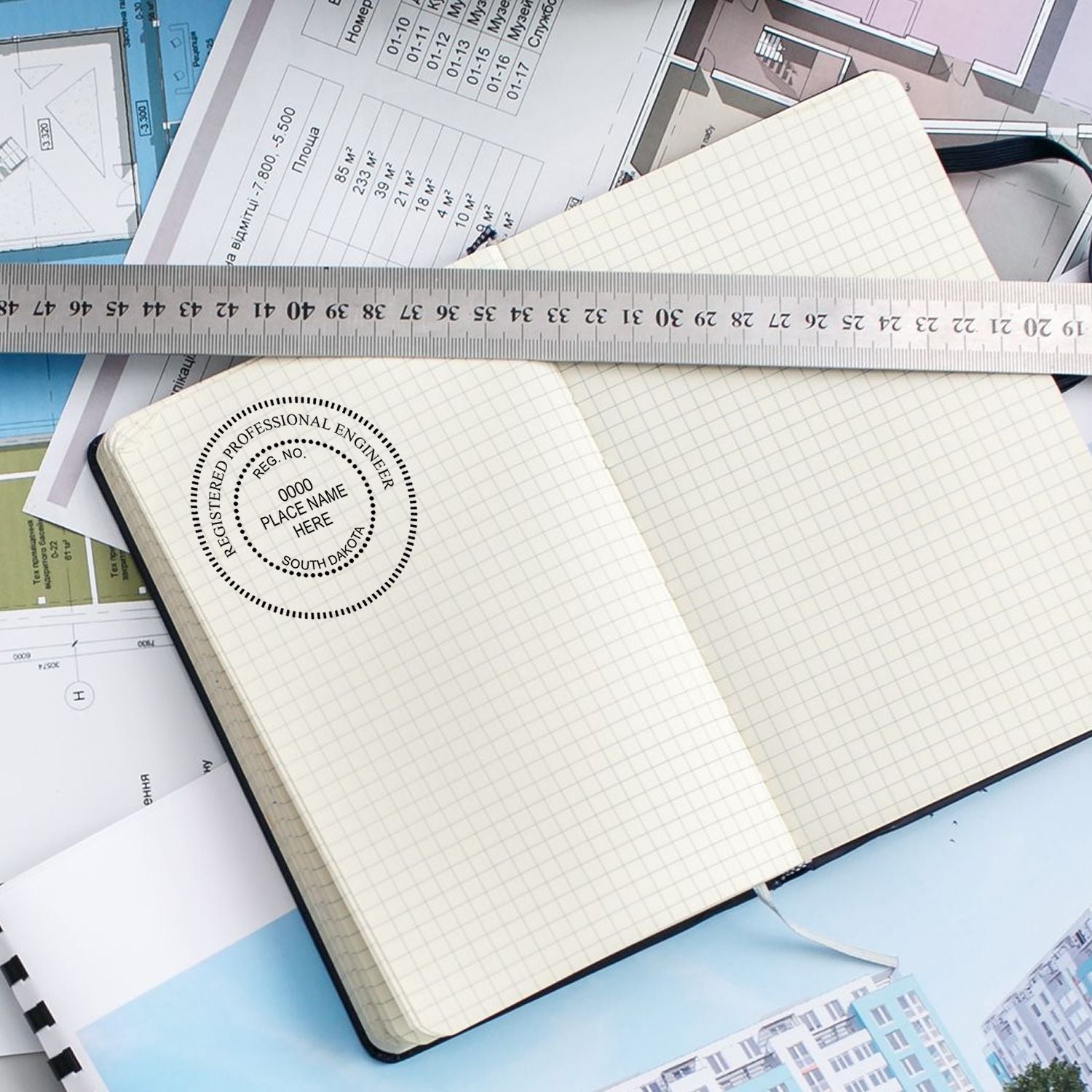
The purpose of gaining professional experience is to provide engineers with practical exposure and the opportunity to apply their theoretical knowledge in real-world scenarios. The experience requirement ensures that licensed engineers possess the necessary skills and expertise to handle engineering projects independently and responsibly.
Passing the Professional Engineer (PE) Exam
Passing the Professional Engineer (PE) Exam is a crucial step in obtaining a South Dakota Engineering License. This exam is administered by the National Council of Examiners for Engineering and Surveying (NCEES) and assesses an engineer's competency in their chosen discipline.
The PE Exam consists of two components: the Fundamentals of Engineering (FE) exam and the Principles and Practice of Engineering (PE) exam. The FE exam is typically taken by individuals who have recently graduated or are close to completing their engineering degree. On the other hand, the PE exam is designed for engineers with several years of professional experience.
The PE exam tests an engineer's proficiency in their chosen discipline, including their knowledge of engineering principles, ethics, and professional practices. A passing score on the PE exam is required for licensure in South Dakota.
By fulfilling the educational requirements, gaining professional experience, and passing the PE Exam, aspiring engineers can meet the necessary criteria to obtain a South Dakota Engineering License. It's important to familiarize oneself with the specific regulations and guidelines set by the South Dakota Board of Technical Professions. For more information on South Dakota engineering regulations, applicants can visit the SDBTP website or refer to our article on South Dakota engineering regulations.
Application Process
Obtaining a South Dakota engineering license requires going through a thorough application process. This section will guide you through the steps involved, including submitting an application, documentation and verification, and application review and approval.
Submitting an Application
To begin the process, aspiring engineers must submit an application to the South Dakota Board of Technical Professions. The application form can be obtained from the board's website or by contacting their office directly. It is important to carefully complete the application, providing accurate and detailed information about your educational background, professional experience, and other required details.
Documentation and Verification
In addition to the application form, you will need to provide various supporting documents to verify your qualifications. These documents typically include:
- Official transcripts from your educational institution(s) demonstrating completion of an engineering degree program. Transcripts must be sent directly from the institution to the board.
- Verification of professional experience, such as employment letters or references from supervisors. These documents should highlight the nature and duration of your engineering work.
- Proof of passing the Professional Engineer (PE) exam, which is a critical requirement for obtaining an engineering license. The board may require official score reports or other documentation to verify your exam results.
Ensure that you gather all the required documents and submit them along with your application to avoid any delays in the review process.
Application Review and Approval
Once your application and supporting documents are received, the South Dakota Board of Technical Professions will review them to ensure that you meet all the necessary requirements for licensure. This review process may take some time, as it involves a comprehensive evaluation of your qualifications and credentials.
During the review, the board will assess your educational background, professional experience, and exam results to determine your eligibility for a South Dakota engineering license. They will also ensure that you comply with the state's engineering regulations and standards.
If your application meets all the requirements, you will receive approval from the board to proceed with the next steps. It is essential to keep track of the progress of your application and promptly address any additional requests or inquiries from the board.
By following the application process diligently and providing accurate documentation, you can increase your chances of obtaining a South Dakota engineering license. Once approved, you will be one step closer to becoming a licensed professional engineer in the state. For more details on the South Dakota PE seal and specific regulations, check out our article on South Dakota PE seal.
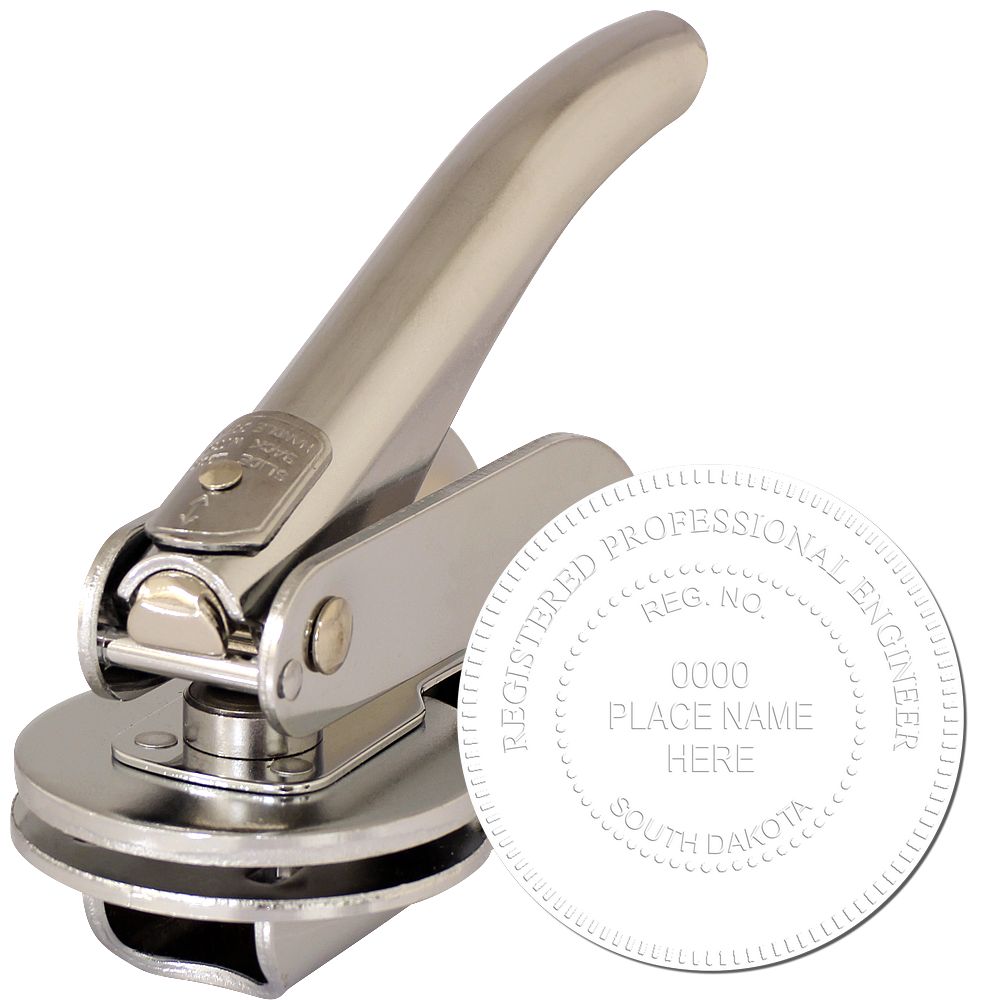
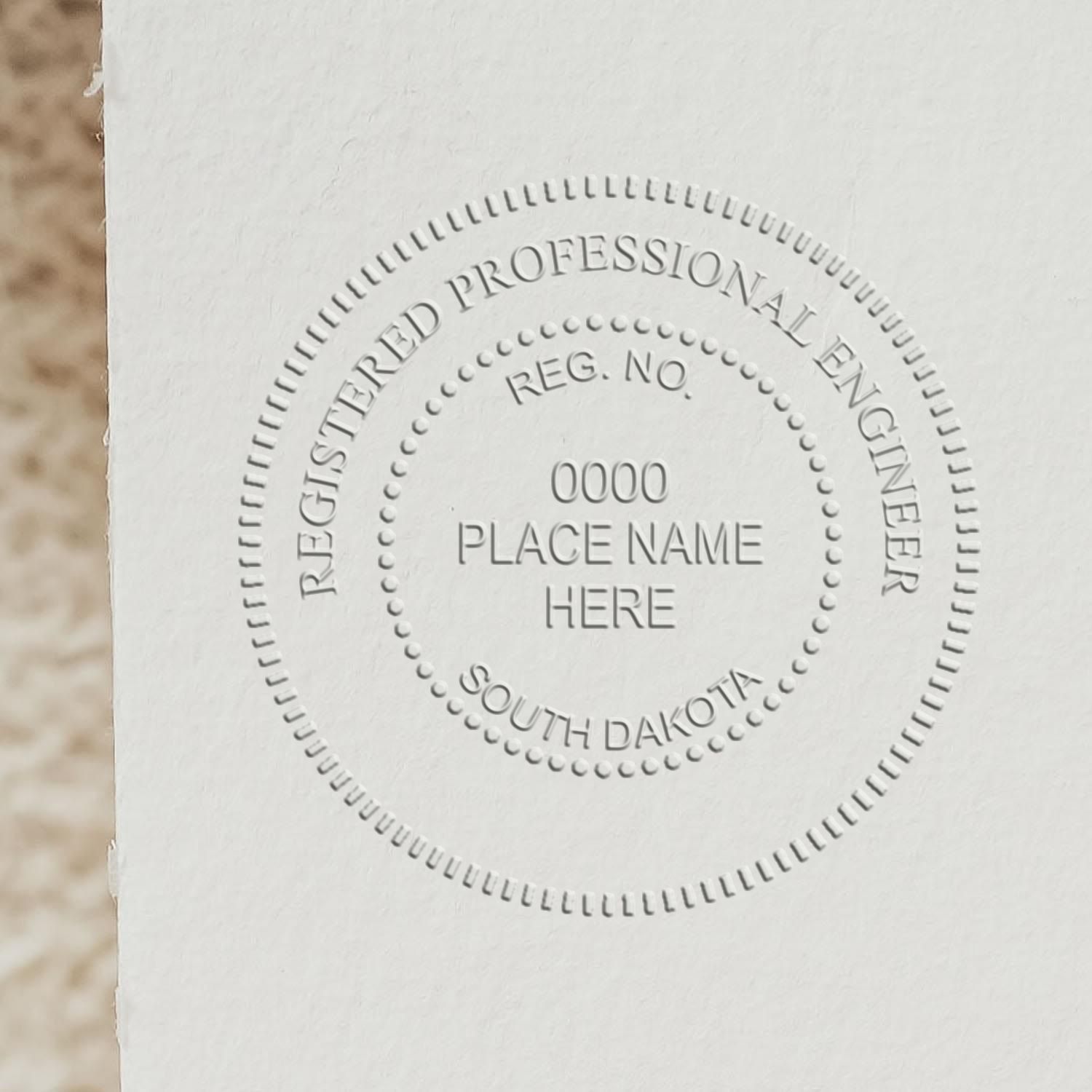
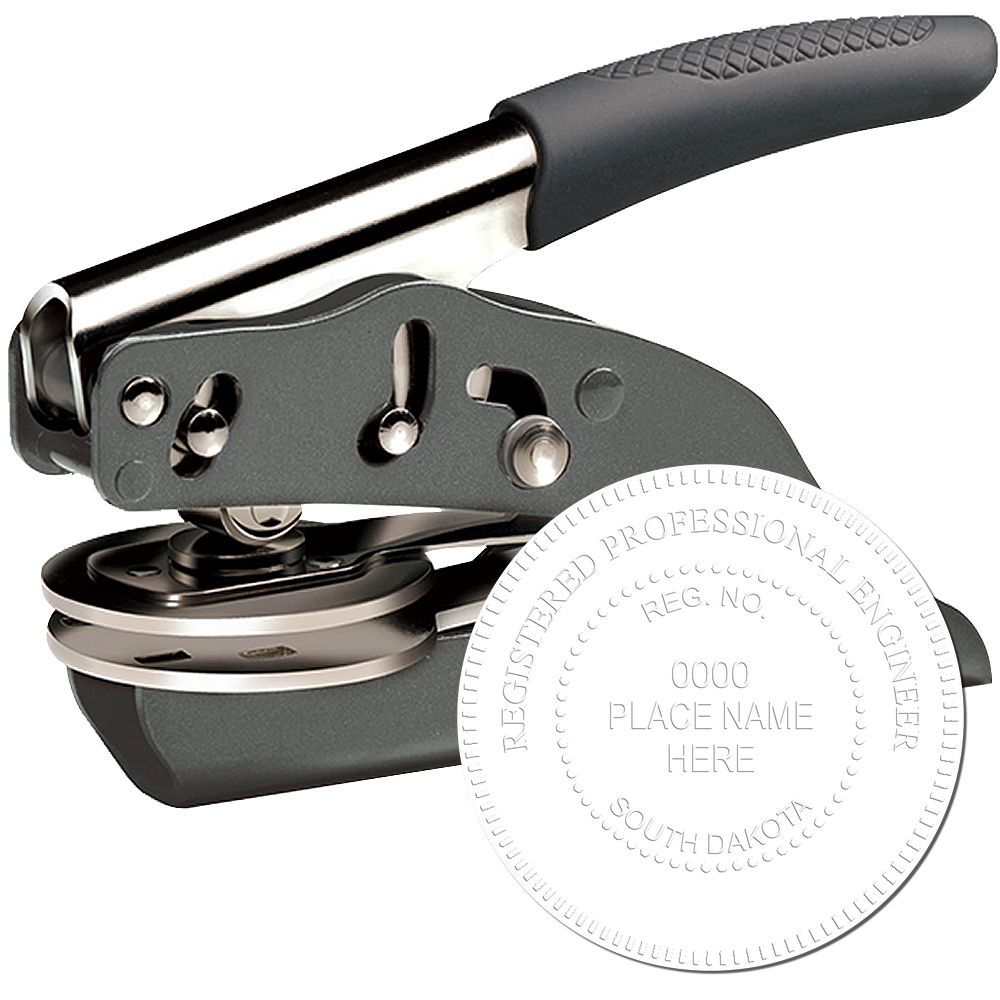
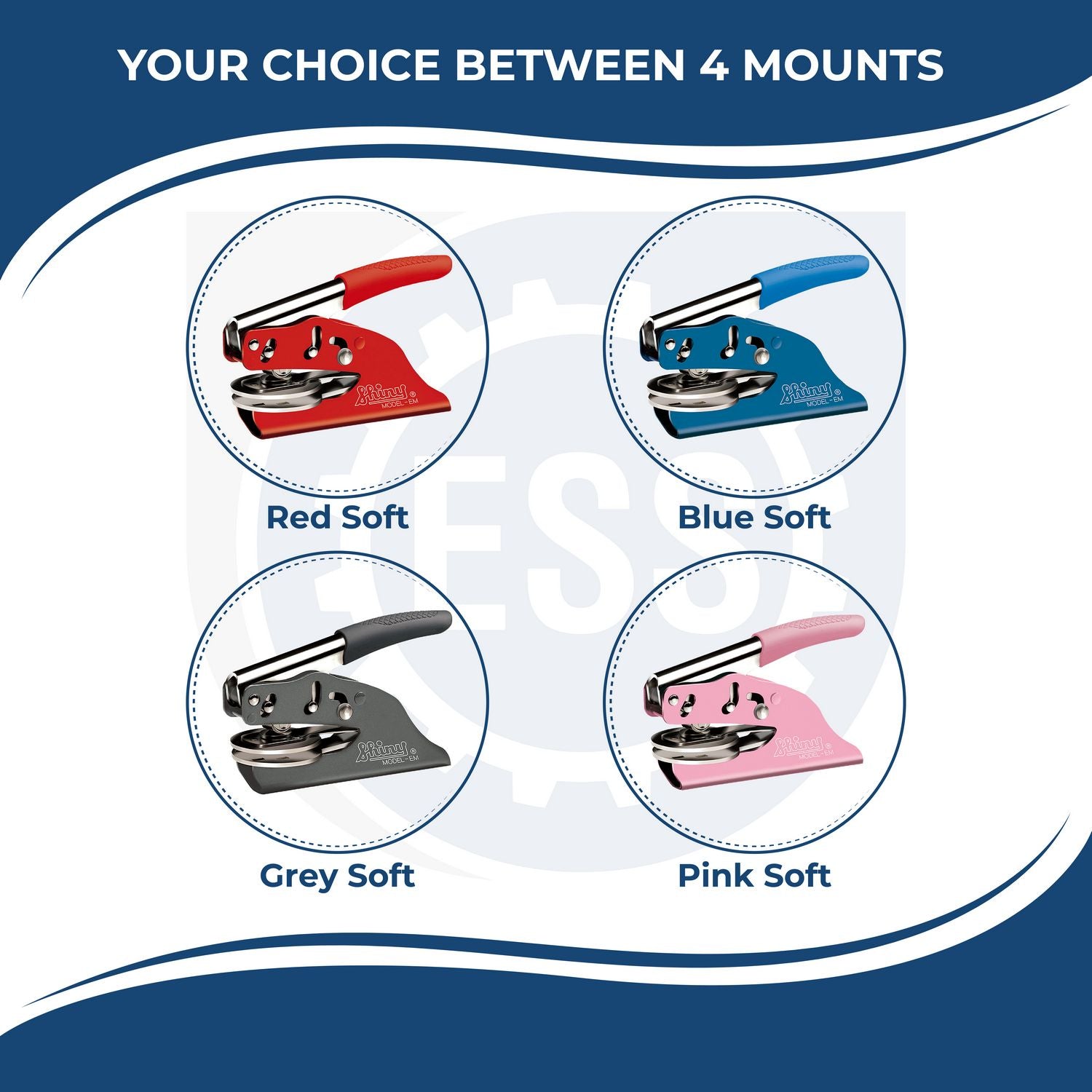
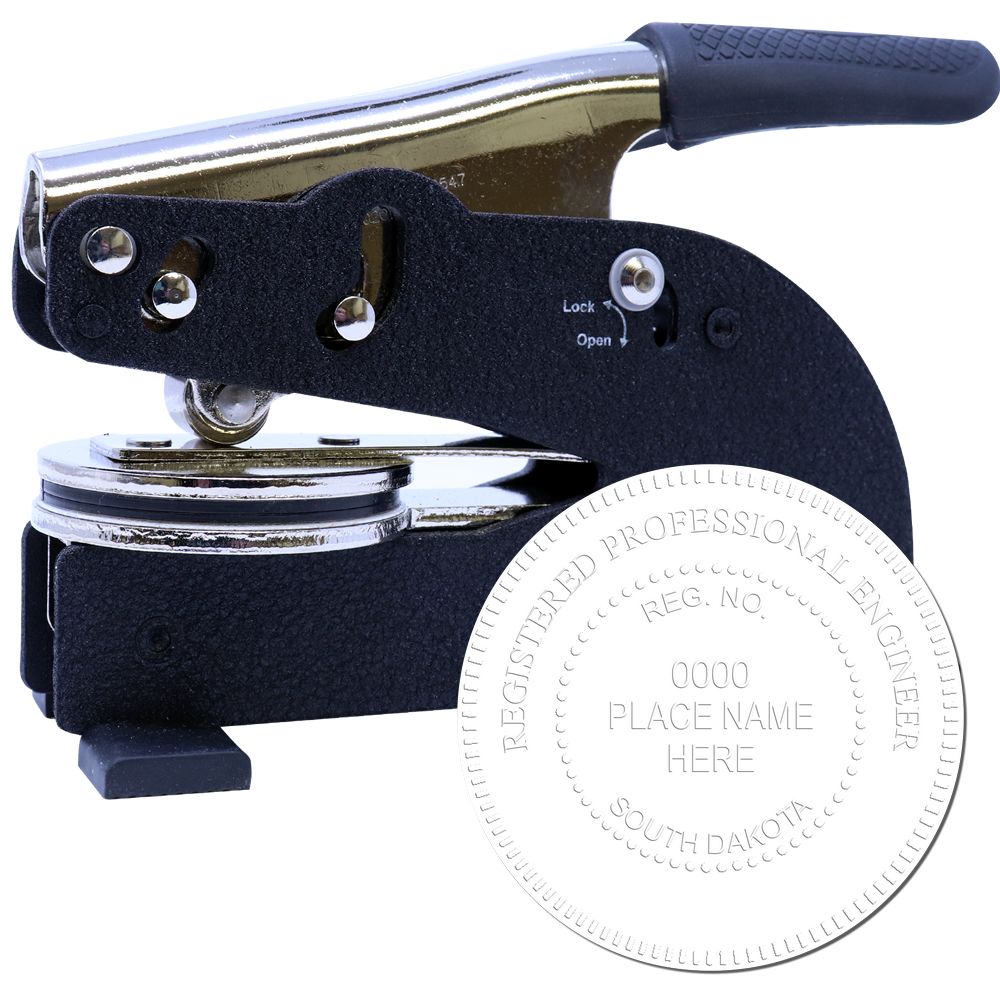
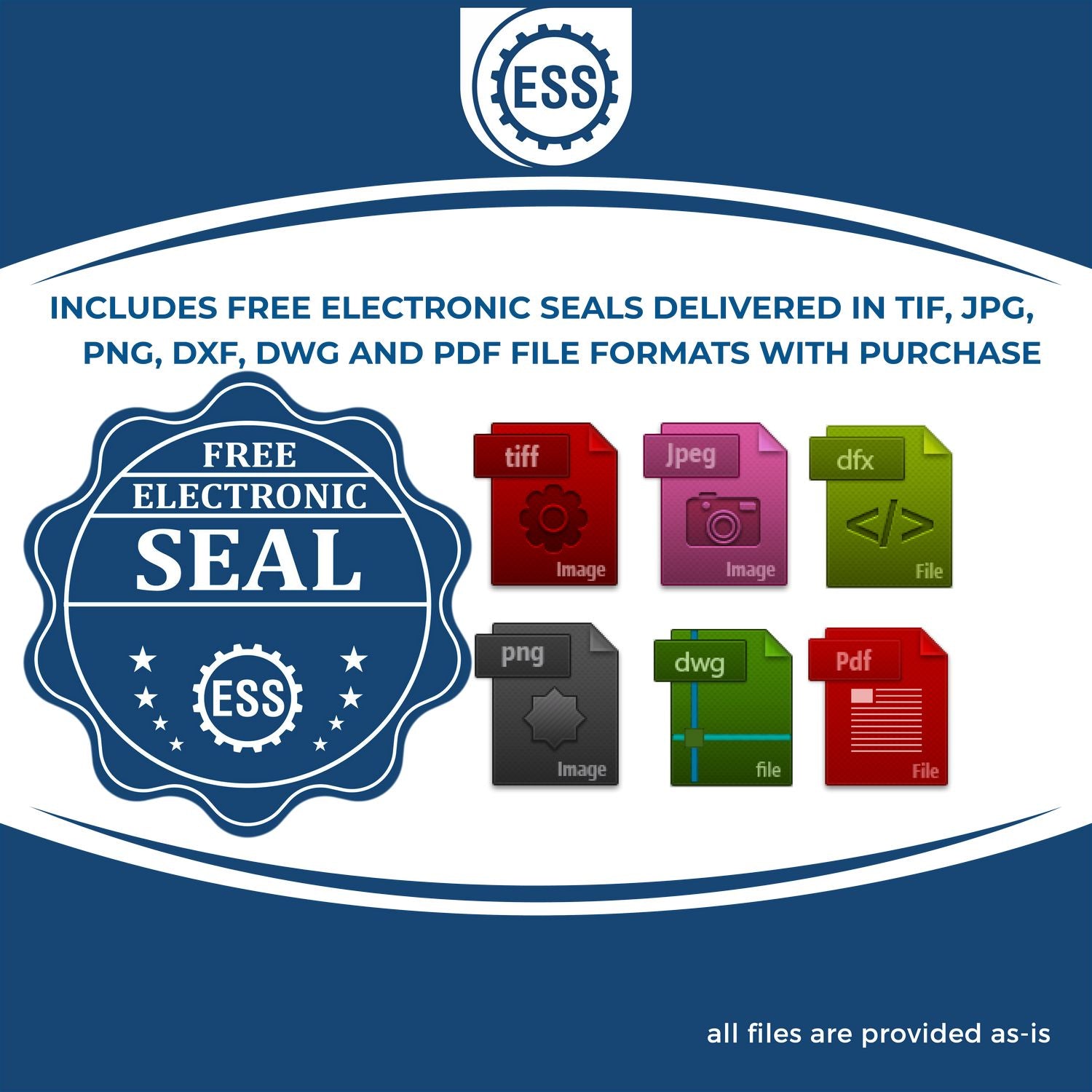
South Dakota Engineer Stamp
To practice engineering in South Dakota, it's essential to understand the South Dakota engineer stamp and its significance. Let's explore what the engineer stamp entails, the rules and regulations for using it, and where to obtain one.
Understanding the Engineer Stamp
The engineer stamp, also known as the engineer seal or professional engineer stamp, is an official mark used by licensed professional engineers. It serves as a symbol of authority and certification, indicating that the engineering work has been reviewed, approved, and is in compliance with the state regulations. The engineer stamp typically includes important details such as the engineer's name, license number, and expiration date.
In South Dakota, using the engineer stamp is a legal requirement for licensed professional engineers when providing engineering services. It ensures that the public can have confidence in the qualifications and expertise of the engineer, as well as the safety and integrity of the projects they oversee.
Rules and Regulations for Using the Engineer Stamp
In South Dakota, the use of the engineer stamp is governed by specific rules and regulations. These regulations outline the acceptable use of the stamp and the responsibilities of licensed professional engineers.
Some key rules and regulations for using the engineer stamp in South Dakota include:
- The engineer stamp should only be used by licensed professional engineers.
- The stamp should be affixed to engineering documents, such as plans, specifications, and reports, that require the engineer's certification.
- The stamp should be clear, legible, and properly aligned on the document.
- The stamp should not be used on documents that have not been prepared or reviewed by the licensed professional engineer.
It's important for licensed professional engineers in South Dakota to familiarize themselves with the specific regulations governing the use of the engineer stamp. For more detailed information, refer to the official South Dakota engineering regulations.
Where to Obtain an Engineer Stamp
Obtaining an engineer stamp is a necessary step for licensed professional engineers in South Dakota. To obtain an engineer stamp, engineers can reach out to various authorized vendors and manufacturers who specialize in creating professional engineer seals.
When selecting an engineer stamp, it's crucial to ensure that it complies with the requirements set forth by the South Dakota Board of Technical Professions. The stamp should include accurate and up-to-date information, such as the engineer's name, license number, and expiration date.
Licensed professional engineers can consult with experienced professionals or refer to reputable websites that provide engineer stamps tailored to South Dakota's specific requirements. For detailed information on obtaining a South Dakota engineer stamp, visit our article on South Dakota PE seal.
Understanding the engineer stamp, adhering to the rules and regulations for its use, and obtaining a legitimate stamp are crucial steps for licensed professional engineers in South Dakota. By complying with these requirements, engineers can uphold professional standards, convey their expertise, and ensure the safety and quality of their engineering work.
Maintaining Your South Dakota Engineering License
Once you have obtained your South Dakota engineering license, it is important to understand the requirements for maintaining it. This section will cover the continuing education requirements, the renewal process and deadlines, and the potential consequences of non-compliance.
Continuing Education Requirements
As a licensed engineer in South Dakota, you are required to participate in continuing education to keep your skills and knowledge up-to-date. These requirements ensure that you stay current with the latest advancements and best practices in the field. The South Dakota Board of Technical Professions mandates that licensed engineers complete a minimum of 30 professional development hours (PDHs) every two years.
These PDHs can be earned through various activities, including attending conferences, workshops, seminars, or webinars related to engineering. Additionally, taking advanced courses or participating in professional engineering organizations can also contribute towards meeting the continuing education requirements.
Renewal Process and Deadlines
To maintain your South Dakota engineering license, you must renew it regularly. The renewal process involves submitting an application and paying the required fees to the South Dakota Board of Technical Professions. The renewal period occurs every two years, with licenses expiring on September 30th of even-numbered years.
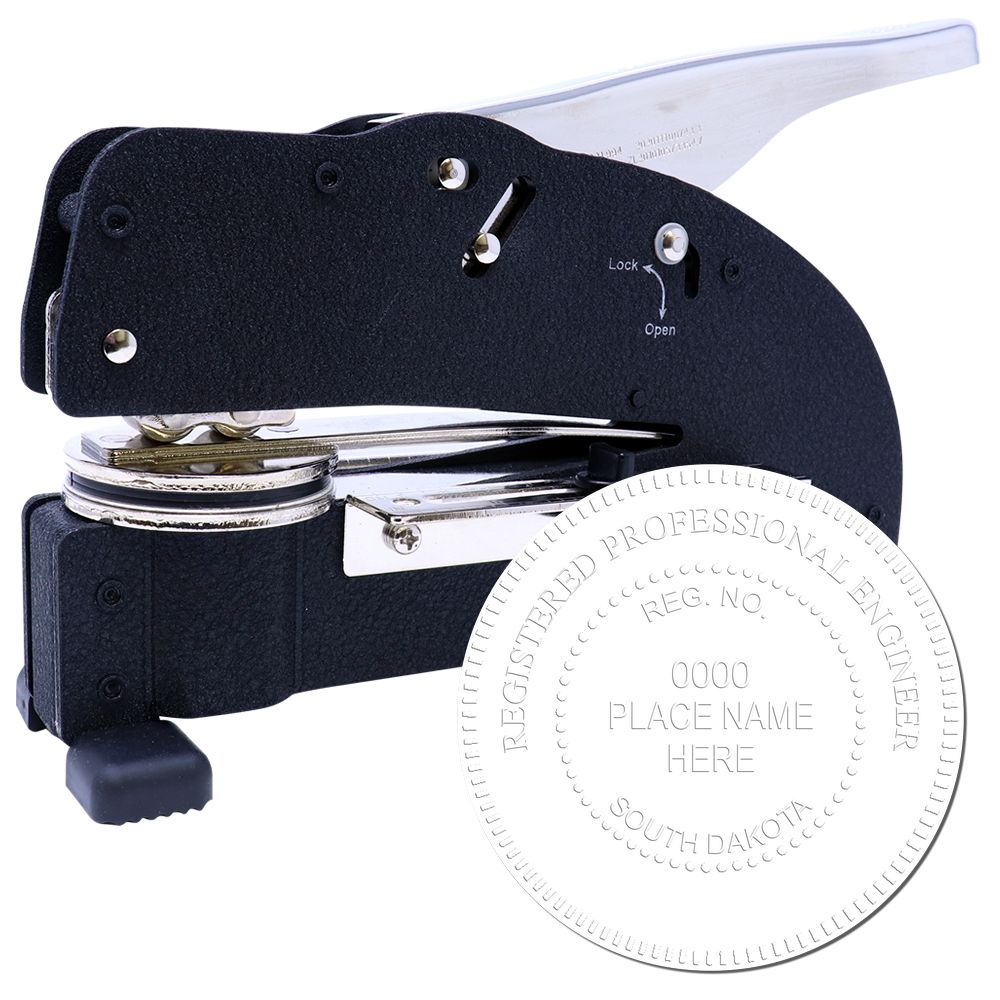
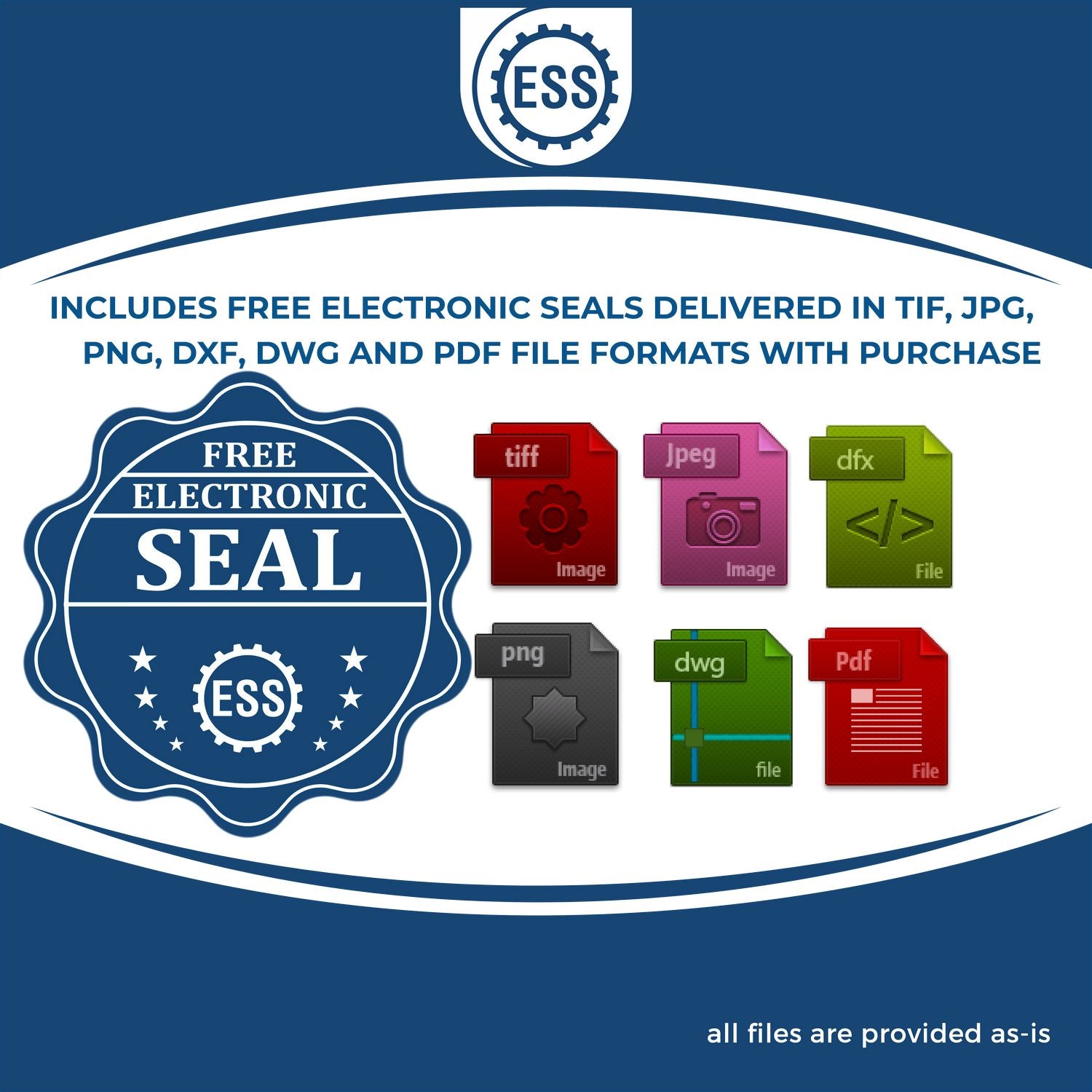

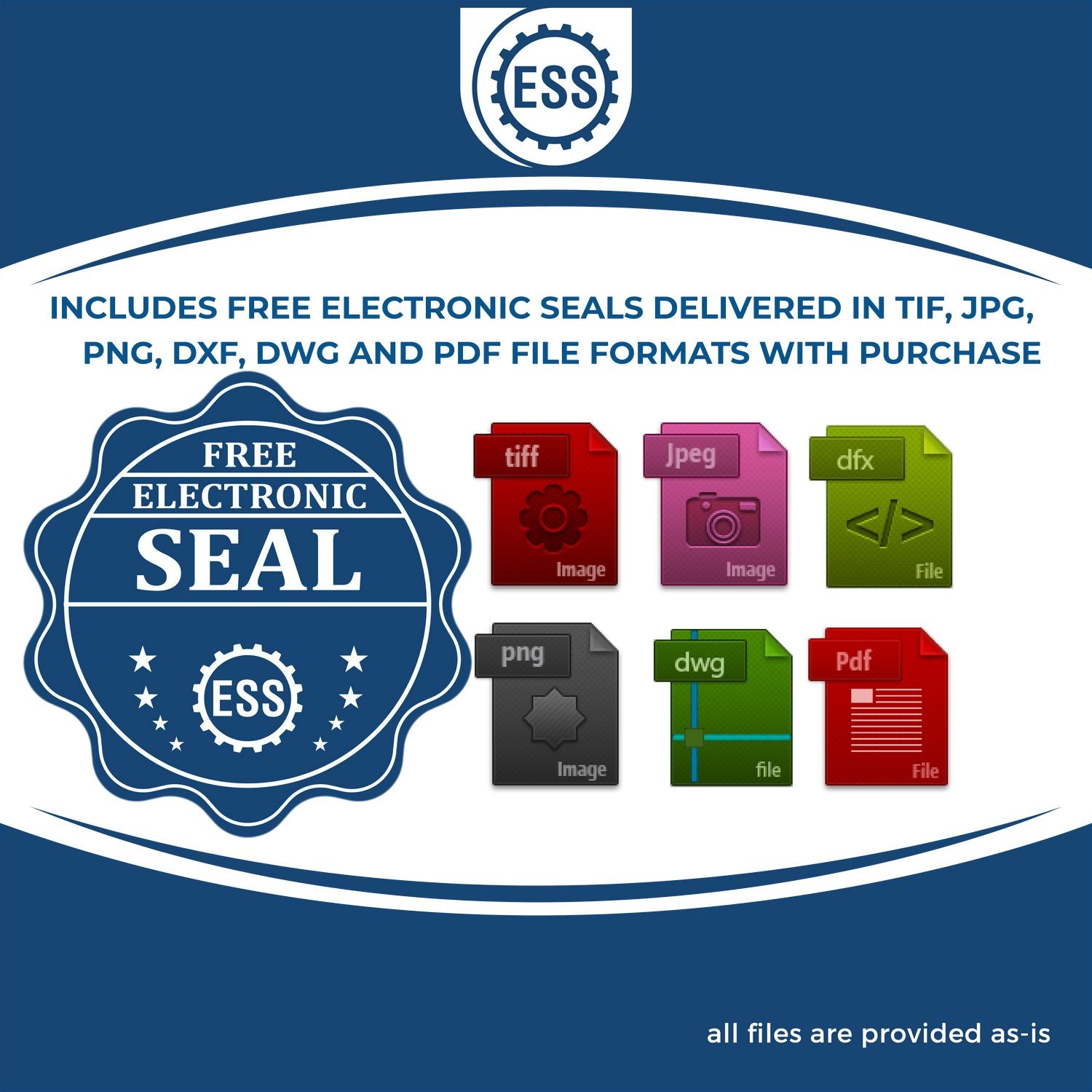
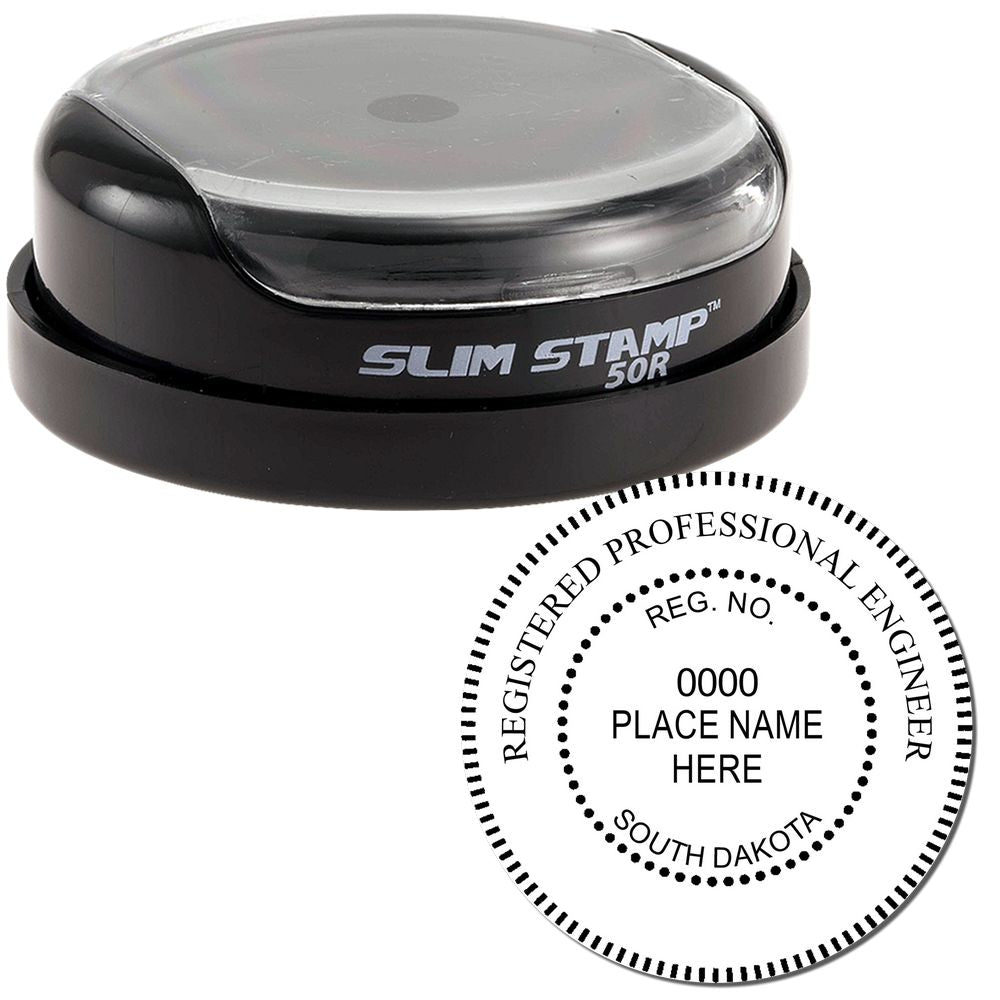
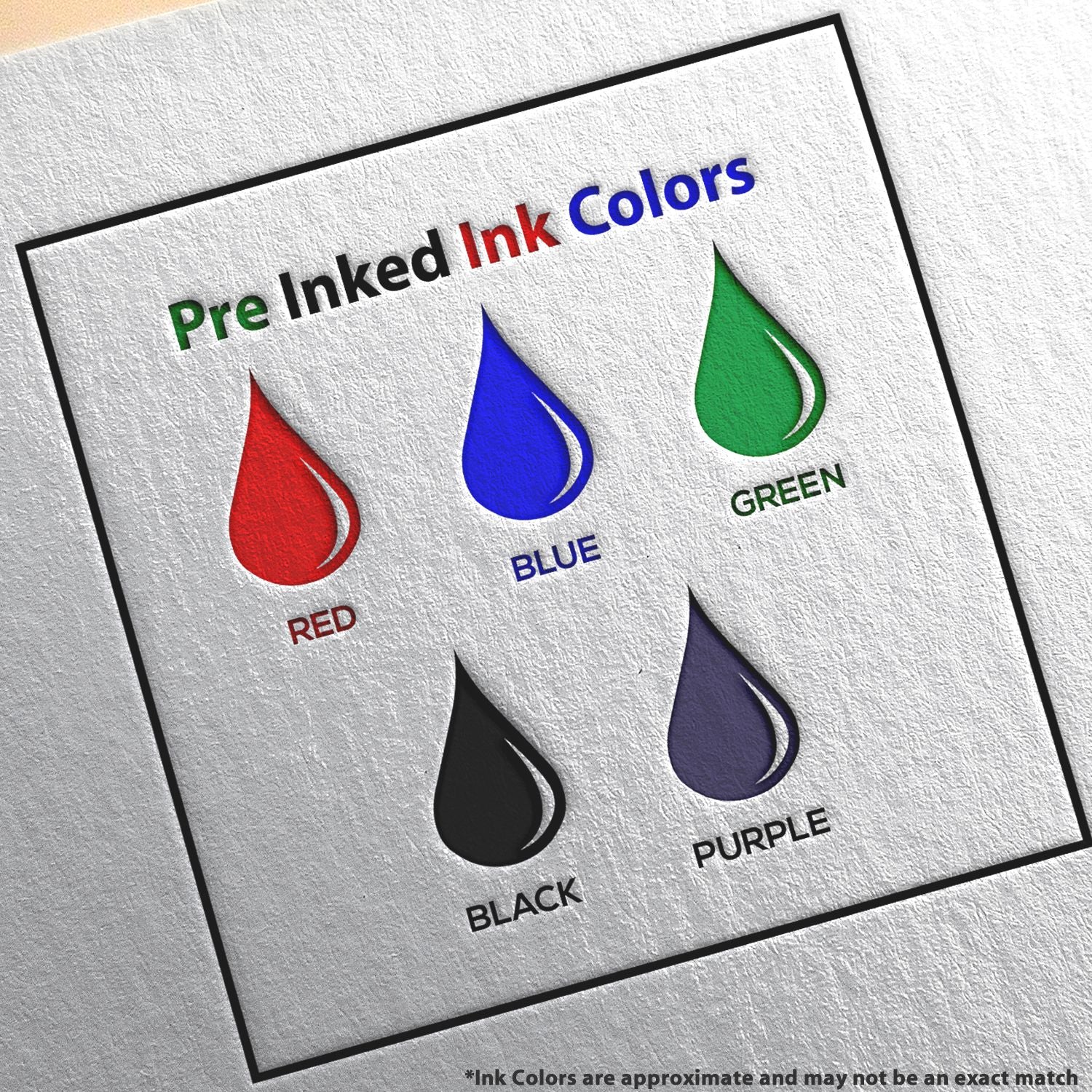
It is crucial to submit your renewal application and fees before the expiration date to avoid any lapse in licensure. The board typically sends out renewal reminders prior to the expiration date to ensure engineers have ample time to complete the renewal process.
Consequences of Non-Compliance
Failure to comply with the continuing education requirements or renew your license on time can have serious consequences. If you do not meet the continuing education requirements, your license may be subject to disciplinary action by the South Dakota Board of Technical Professions. This can include fines, license suspension, or even revocation.
Additionally, practicing engineering without a valid license is illegal and can result in legal consequences. It is essential to prioritize the renewal process and meet the continuing education requirements to maintain your South Dakota engineering license and ensure your professional standing.
For more information on South Dakota engineering regulations and the requirements for obtaining an engineering seal or stamp, you can refer to our article on South Dakota PE Seal. Stay informed and comply with the regulations to uphold the integrity of the engineering profession in South Dakota.
About ESS
At ESS, we take pride in being the leading makers of custom rubber stamps, professional seals, and notary stamps. With years of experience under our belt, we have honed our skills to perfection, delivering nothing but the best to our valued customers.
Our commitment to quality is second to none, and we go to great lengths to ensure that every product that leaves our doors meets the highest standards. We employ state-of-the-art technology and the latest industry best practices to design and manufacture our products, ensuring their longevity and precision. Our team work tirelessly to create innovative solutions that help our customers achieve their goals quickly and efficiently. We understand the importance of precision and accuracy in our line of work, and we are committed to delivering products that exceed expectations.
At ESS, we believe that our customer service is just as important as the quality of our products. We are dedicated to providing exceptional customer service, and we take the time to listen to our customers' needs and concerns. We offer a state board guarantee on all our products, giving our customers peace of mind that their investment is protected.
In conclusion, ESS is more than just a maker of custom rubber stamps, professional seals, and notary stamps. We are a team of dedicated professionals who are passionate about delivering quality products and exceptional customer service. Our commitment to excellence is unwavering, and we are confident that you will be satisfied with our products and service.

